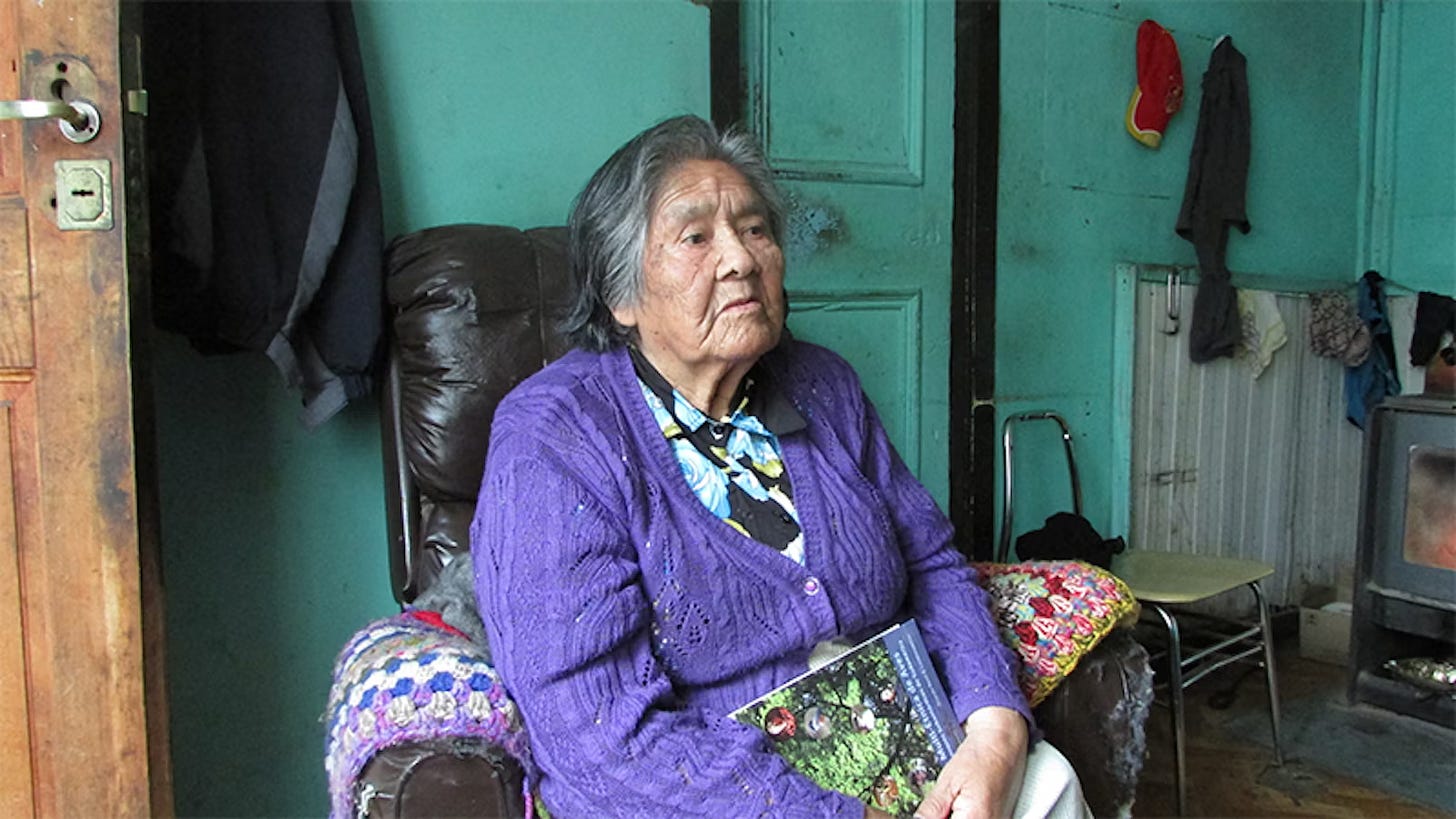The Linguistic Legacy of the Yaghan People
Manage episode 431871269 series 3444207
Deep in the southern hemisphere, where frigid waves lap against the toe of the South American continent, the sea has no single name. Locals have called it tāralömbi when the water is perfectly calm. Čilamaii are the swells that gather along the coast, mötālömön is the roughening of the water by western breezes. Döna is the term when certain winds ruffle the ocean’s surface in such a way that the movement of fish underneath cannot be discerned and canoes must return ashore.
The Indigenous Yaghan people who have spoken these words are native to Tierra del Fuego—the mosaic of islands, fjords, channels, bays, and coves created by the submerged foot of the Andean mountains in southern Argentina and Chile. The Yaghan and their ancestors are thought to have persisted in this harsh, windy, and cold seascape for thousands of years. There, they have built canoes, from which they hunted sea lions and seals with harpoons. They have caught fish, gathered mussels, made ornaments, and celebrated rites of passage. They have roamed far and wide.

The last truly native speaker of Yaghan, Cristina Calderón, died in 2022. Up to a few hundred members of the group are still alive today—including Calderón’s granddaughter Cristina Zárraga and others who are working to revitalize the language; Yaghan is classified as “dormant” by the Endangered Languages Project.
Dictionaries, it turns out, can be excavated for rich information missing from the archeological record.
8 episodes




